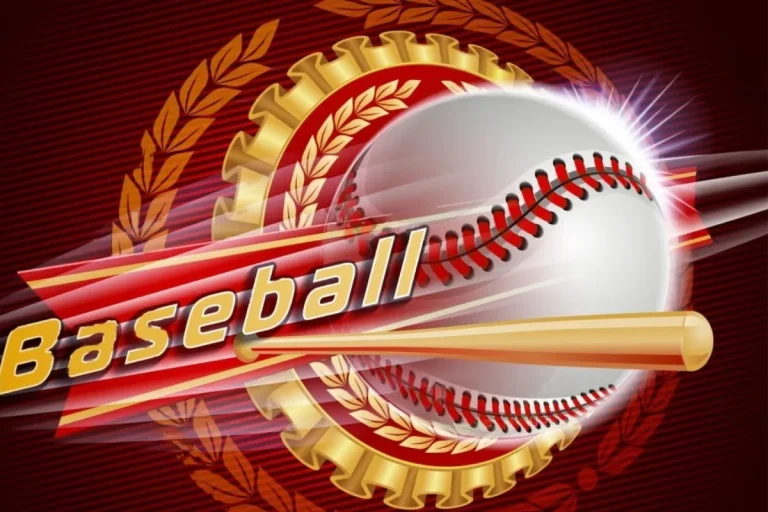How to Choose the Best Tennis Balls
Title: “Choosing the Best Tennis Balls: A Comprehensive Guide for Optimal Performance” (61 characters)
Meta Description: “Discover how to choose the best tennis balls for your game. Learn about types, construction, and factors to consider for optimal performance
Are you looking to up your game on the tennis court? Well, one thing you shouldn’t overlook is the importance of choosing the right tennis balls. But with so many options out there, how do you know which ones are the best for you? Fear not! In this blog post, we’ll break down the key factors to consider when selecting the perfect tennis balls to improve your game. Let’s get started!
Understanding Tennis Ball Types
Tennis balls come in different types, each with its own characteristics and intended use. The three main types are pressurized balls, pressureless balls, and beginner balls. Let’s explore each type and understand their pros and cons.
Pressurized Balls:
Pressurized balls are the most commonly used type in professional tennis tournaments and recreational play. These balls are filled with air and have a hollow rubber core. They are pressurized to maintain their bounce and feel.
The characteristics of pressurized balls include a lively bounce, good spin potential, and a soft feel on impact. They are designed for players who have developed their skills and require a consistent and lively ball. However, pressurized balls tend to lose their bounce faster and need to be replaced more frequently.
Factors to Consider When Choosing Tennis Balls
When selecting tennis balls, it’s crucial to consider factors such as court surface, playing level, and personal preferences. These factors play a significant role in determining the appropriate ball type for optimal performance and enjoyment on the court.
Court Surface:
Different court surfaces, such as hard courts, clay courts, and grass courts, can impact the performance and durability of tennis balls. Hard courts, for example, tend to wear out balls faster due to their abrasive nature. So, opting for more durable balls like pressureless ones can be beneficial.
On the other hand, clay courts are more forgiving and produce a higher bounce. In this case, pressurized balls with good spin potential can provide the desired playing experience. Grass courts, known for their fast pace, require balls that offer excellent durability and responsiveness to quick movements.
Playing Level:
Choosing the right tennis balls based on your playing level is essential. Advanced players who generate more power and spin might prefer pressurized balls for their lively bounce and increased control. These balls allow for more precise shots and better performance.
For beginners or intermediate players, pressureless balls can be a better fit. These balls offer a consistent bounce, making it easier to practice and develop stroke technique without worrying about the ball losing its characteristics over time.
Personal Preferences:
Personal preferences also play a role in selecting tennis balls. Factors such as ball feel, responsiveness, and visibility can vary among different brands and models. Some players may prefer a softer feel on impact, while others may prioritize visibility for better tracking.
It’s important to try out different types of tennis balls to determine which ones align with your personal preferences. Experimenting with various brands and models can help you find the perfect ball that suits your playing style and provides an enjoyable experience on the court.
Examining Tennis Ball Construction
Understanding the construction of a tennis ball is crucial to comprehend its performance and durability. A tennis ball consists of three main components: the core, the felt covering, and pressurization.
Anatomy of a Tennis Ball:
The core of a tennis ball is typically made of hollow rubber. It provides the ball’s bounce and responsiveness upon impact. The quality and composition of the core can vary, affecting the ball’s overall performance.
The felt covering surrounds the core and is made of nylon or wool. The felt provides grip and allows players to generate spin. The thickness and density of the felt can impact the ball’s longevity and playability.
Pressurization refers to the process of injecting air into the ball’s core to create internal pressure. Pressurized balls are sealed to maintain this pressure, which contributes to their bounce and feel. Pressureless balls, on the other hand, have a solid core and do not rely on pressurization for their performance.
Impact of Ball Construction:
The construction of a tennis ball has a significant impact on its performance and durability. Pressurized balls tend to have a livelier bounce and better spin potential, making them suitable for advanced players. However, they can lose their pressure over time, resulting in a decrease in performance and the need for frequent replacements.
Pressureless balls, with their solid core, offer consistent bounce and increased durability. They are popular for practice sessions and tennis ball machines. While pressureless balls may lack the same level of liveliness as pressurized balls, they are ideal for players of all skill levels, especially beginners.
Benefits and Drawbacks:
Pressurized balls provide a lively bounce and good spin potential, enhancing gameplay for advanced players. However, their main drawback is that they lose pressure over time and require frequent replacement.
Pressureless balls offer consistent bounce and increased durability, making them suitable for extended use. They may lack the same level of liveliness as pressurized balls but provide a reliable option for practice sessions and players of all skill levels.
Evaluating Tennis Ball Quality
The quality of tennis balls is vital for a consistent and enjoyable playing experience. High-quality balls ensure consistency in terms of bounce, durability, and longevity, making them crucial for both practice sessions and competitive matches.
Significance of Ball Quality:
Consistency in bounce is essential for fair gameplay and accurate shot execution. Quality tennis balls maintain a predictable bounce, allowing players to anticipate and react accordingly. Additionally, durable balls that withstand regular use provide better value for money and reduce the need for frequent replacements.
Assessing Ball Quality:
When evaluating the quality of tennis balls, it is important to consider factors such as brand reputation and certification. Established brands with a history of producing reliable tennis balls are more likely to provide consistent quality. Look for balls that meet industry standards and certifications, such as those approved by the International Tennis Federation (ITF).
Identifying High-Quality Balls:
To identify high-quality tennis balls, look for specific indicators. Check the packaging for the ITF logo or certification, indicating that the balls meet the required standards. Additionally, reputable brands often invest in research and development to improve their ball technology, resulting in better performance and durability.
Another tip is to read reviews and seek recommendations from experienced players or tennis coaches. Their insights can provide valuable guidance in selecting the right brand and model of tennis balls that offer optimal quality.
Technical FAQs – How to Choose the Best Tennis Balls
What does the ITF certification mean for tennis balls?
The ITF certification ensures that tennis balls meet specific standards for size, weight, and performance, guaranteeing their quality and consistency.
Are pressurized or pressureless tennis balls better?
Pressurized balls offer more bounce and liveliness, while pressureless balls maintain their bounce longer and are more durable.
How does the felt covering of tennis balls affect gameplay?
The felt covering affects grip, durability, and flight characteristics. High-quality felt provides better grip and resists wear for longer-lasting performance.
Can I use the same tennis balls on different court surfaces?
Different court surfaces may require specific tennis balls. Regular duty balls are suitable for clay and indoor courts, while extra-duty balls are better for hard courts and outdoor play.
How can I determine the right tennis ball pressure for my playing style?
Opt for higher pressure balls for a faster pace, and lower pressure balls for more control and spin. Experiment to find the pressure that suits your playing style best.
Conclusion
Choosing the best tennis balls is crucial for a satisfying and enjoyable playing experience. By considering factors like brand reputation, certification, and customer reviews, you can make an informed decision. Remember to opt for balls that meet ITF standards, assess the right pressure for your playing style, and choose the appropriate felt covering. Lastly, match the tennis ball type with the court surface for optimal performance.


